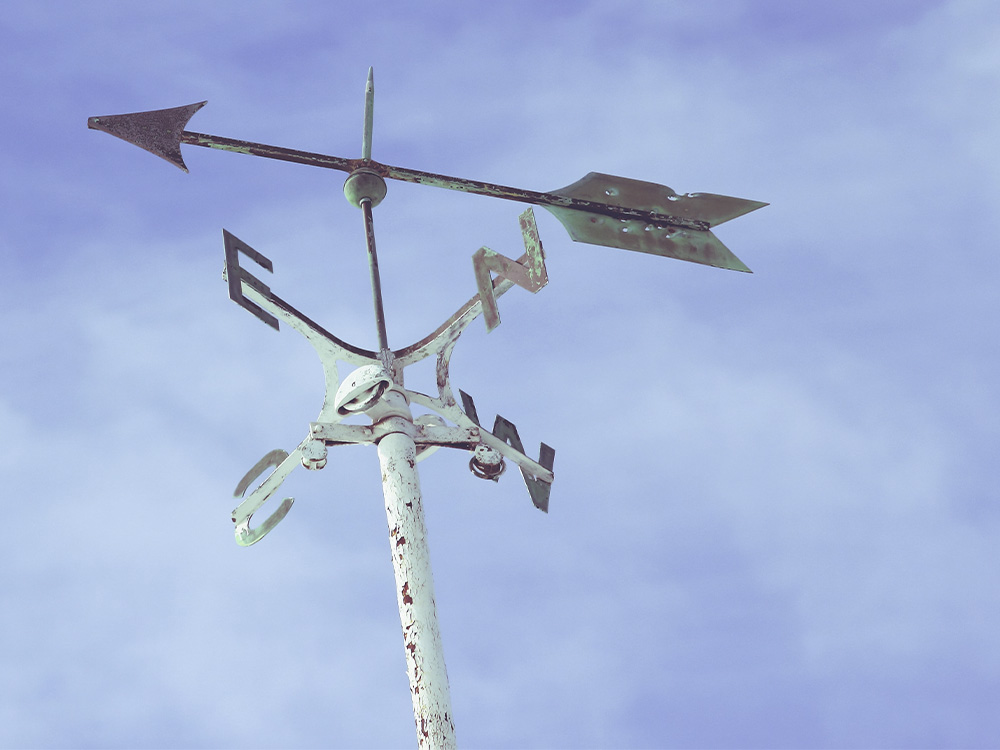Is 6 Feet Always Enough? COVID and the Wind
05.06.2020

The COVID-19 pandemic ushered in a new era of social distancing, with the Centers for Disease Control and Prevention (CDC) recommending individuals maintain at least 6 feet of separation to minimize transmitting the novel coronavirus. But in outdoor settings, is avoiding airborne transmission really that straightforward?
A recent study by a researcher at the Massachusetts Institute of Technology, published in the Journal of the American Medical Association, found that sneezed, coughed or exhaled liquid particles can travel more than 26 feet and linger in the air for minutes. Additional data published in The New England Journal of Medicine suggests the COVID-19 virus can remain viable suspended in indoor air for at least three hours.
Dr. William Anderson, associate professor of mechanical engineering and Fellow, Eugene McDermott Professor in UT Dallas’ Erik Jonsson School of Engineering and Computer Science, is an expert in environmental fluid dynamics, which includes the study of air currents and wind patterns. Although his research does not include airborne virus travel, he suggests that before venturing outside, people should be mindful of ambient winds as they gauge safe distances from others.
“The images we see of people lining up outside grocery stores spaced 6 feet, or even 20 feet apart, could very plausibly mean one asymptomatic carrier is providing the virus to everyone else, if they are all aligned with the prevailing winds,” Anderson explained. “Ambient wind conditions literally ‘move’ the virus.”
Anderson explained that the combination of the results from the two research projects paints a picture of widespread potential contamination via the “plumes” released during coughing and sneezing.
“Imagine a typical day in the Metroplex with 10 mph winds from the southwest,” he said. “A rudimentary back-of-the-envelope calculation based on a one-hour airborne virus survival indicates that virus particles released on such a day could travel up to 10 miles. Of course, currents in the air would reduce virus concentration, but 6 feet would be far from adequate.”
“We all want to go back to normal, and informed social distancing and preventative health measures will figure prominently in this normalization.”
– Dr. William Anderson, associate professor of mechanical engineering
Anderson proposes a modern, simple solution — consulting an app on your phone that details wind conditions at your location. Several free apps are available, he said, such as Wind Compass.
“Sensitivity to local winds provides a very simple way to understand how truly close you are to potential carriers,” Anderson said. “It takes a brief moment to position yourself so that you are appropriately distanced – which might be more than 6 feet – and not downwind from a potential carrier. Similarly, if you are an asymptomatic carrier, you can use this simple tool to be sure you are not unknowingly risking the health of others.
“We all want to go back to normal, and informed social distancing and preventative health measures will figure prominently in this normalization.”
–Stephen Fontenot



